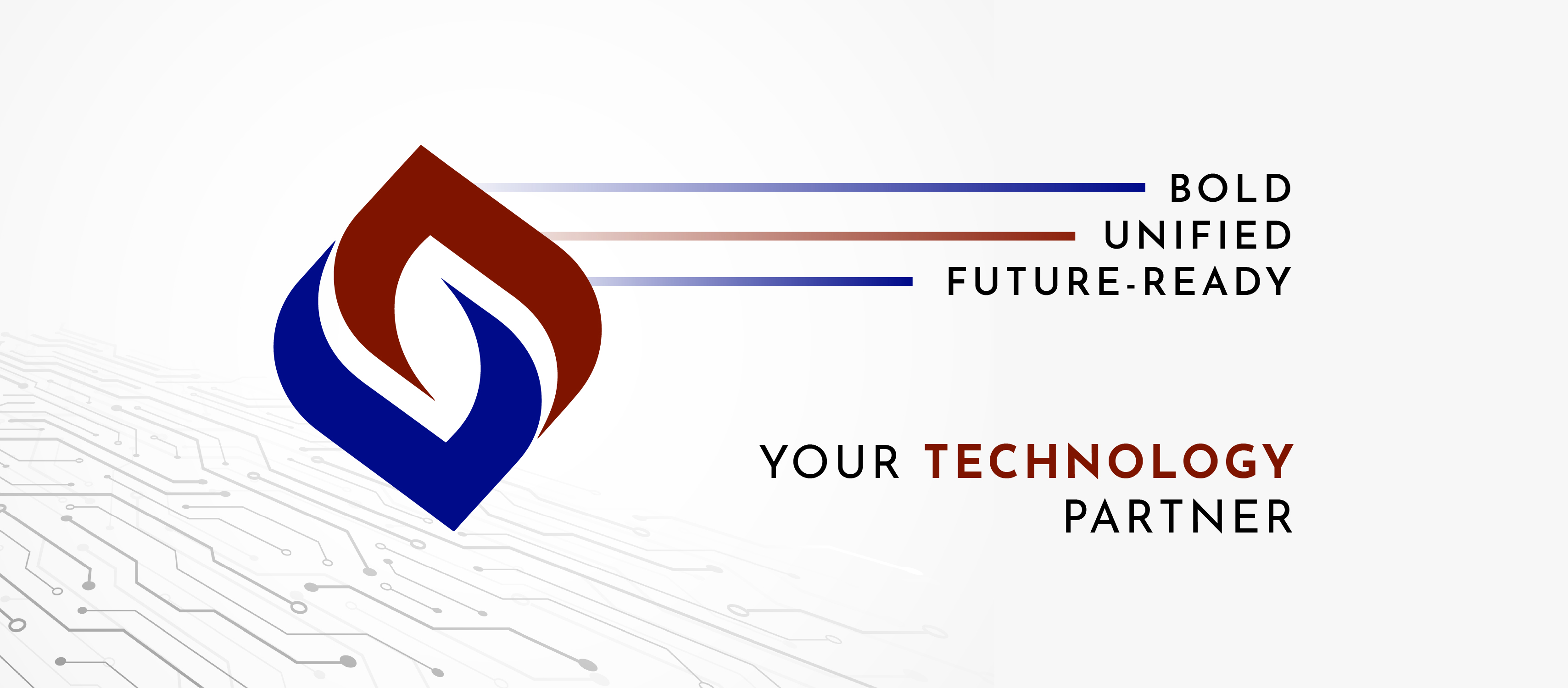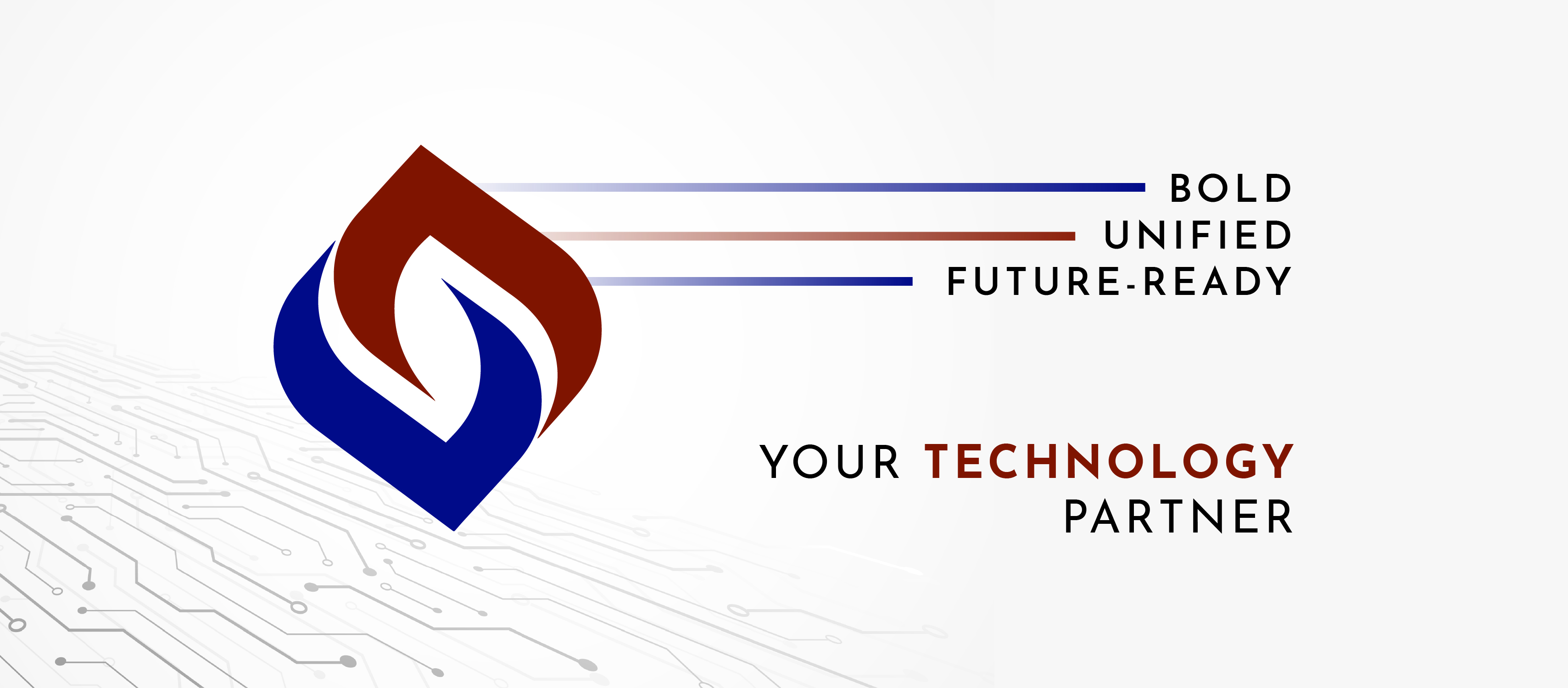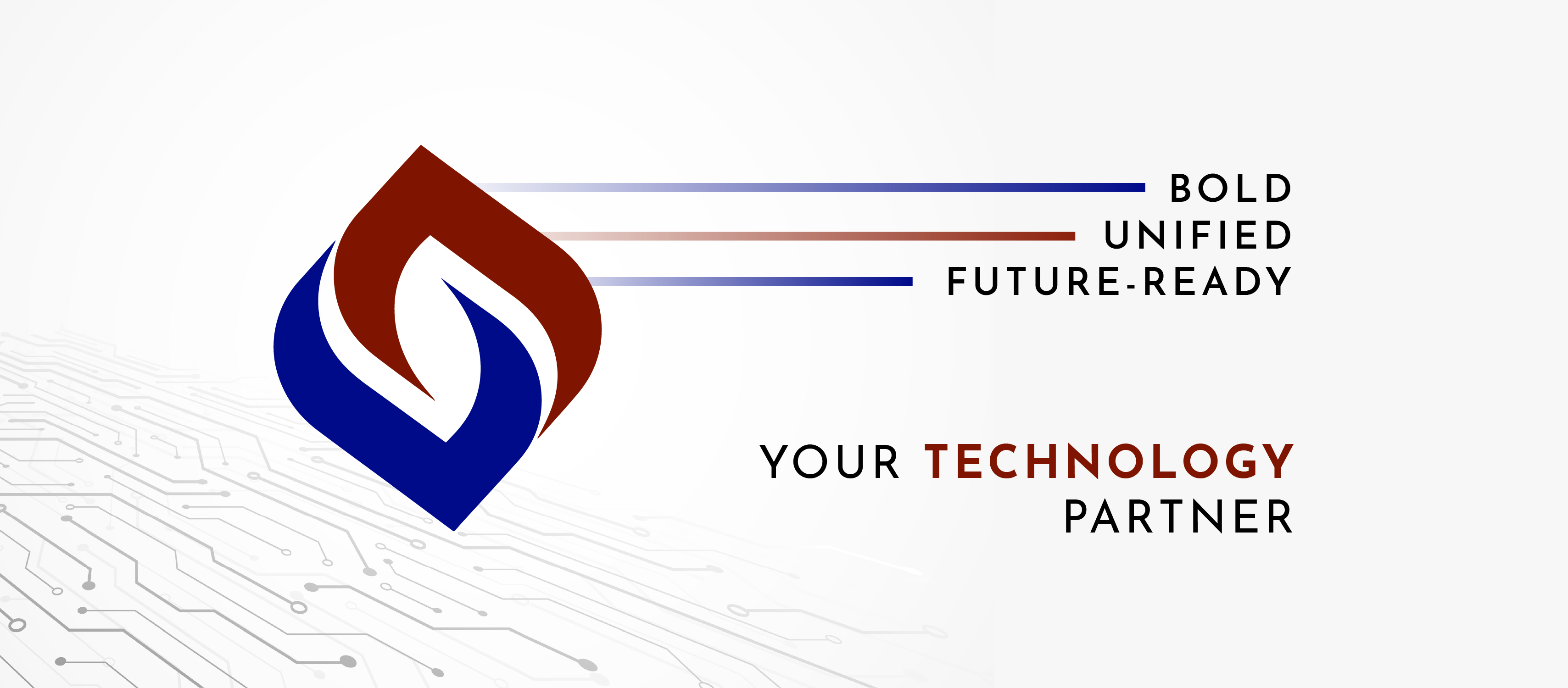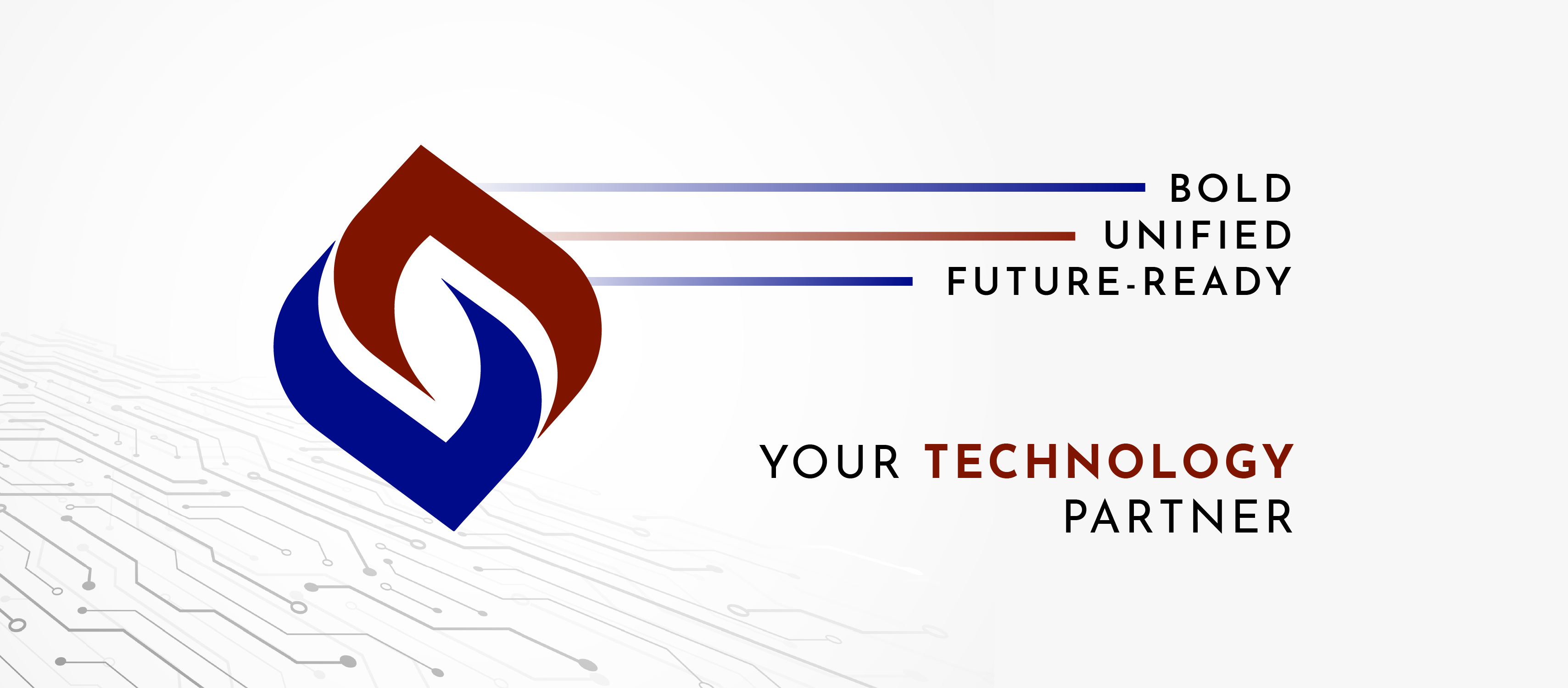 Lifetime Link Placements – No Expiry. 100% Index Guarantee!
Lifetime Link Placements – No Expiry. 100% Index Guarantee!
A Deep Dive into Modern Backend Development for Web Application
Written by Solvix Technologies » Updated on: June 17th, 2025

Creating seamless and dynamic web experiences often comes down to what happens behind the scenes. While front-end design captures initial attention, the backend is where much of the magic unfolds — handling data, security, and server logic. This article explores the core concepts of modern backend development, examines how evolving practices can fuel growth, and offers insights on selecting the right tools and partners.
1. Why the Backend Matters
Imagine a beautifully designed website that struggles with slow loading times or frequent errors. Such issues are typically rooted in the server’s logic or the infrastructure behind it. A robust backend ensures consistent performance, efficient data management, and top-tier security — elements that collectively shape user satisfaction.
Moreover, well-designed backend systems are better equipped to handle sudden traffic spikes without sacrificing load times. As online platforms scale, the backend must keep pace, adapting to increased user demands and integrating new features with minimal disruption. This flexibility helps businesses stay agile in competitive environments.
2. Core Components of Backend Development
Server
The engine running behind every web application. Whether you choose shared hosting, dedicated servers, or cloud-based virtual machines, servers host your application logic and data endpoints.
Database
From relational systems like MySQL and PostgreSQL to NoSQL options such as MongoDB, databases store and manage large volumes of information. Choosing the right type hinges on factors like data structure, scalability needs, and transaction speed requirements.
Application Logic
This code handles requests, processes data, and sends responses back to the front-end. Popular languages for writing application logic include Python, JavaScript (Node.js), Java, and C#.
API Layer
Application Programming Interfaces (APIs) form a communication bridge between the backend and other services or user interfaces. RESTful and GraphQL APIs are two popular frameworks enabling efficient data retrieval and interactions.
3. Emerging Trends in Backend Development
Cloud-Native Architectures
Cloud-native applications leverage containerization (Docker, Kubernetes) and microservices, making it easier to deploy incremental changes, scale specific components independently, and limit downtime. This modular approach ensures continuous delivery and faster testing cycles.
Serverless Computing
Platforms like AWS Lambda, Google Cloud Functions, and Azure Functions allow developers to run code without managing servers. By focusing on logic rather than infrastructure, teams can accelerate development, paying only for the computing resources they actually use.
Microservices
Rather than constructing one large, monolithic system, microservices break an application into smaller, independent units. Each service manages a specific function and communicates with others through lightweight protocols. This design simplifies debugging, accelerates deployment, and promotes autonomy among development teams.
Real-Time Communication
From chat apps to collaborative tools, real-time functionality is on the rise. Backend frameworks increasingly support WebSockets and event-driven architectures to push updates instantly, boosting interactivity and user satisfaction.
4. Balancing Performance and Security
The need for speed must not compromise data protection. Performance optimizations — like caching and query optimization — improve load times but must be paired with security measures. Popular practices include:
Encryption: Safeguarding data in transit with HTTPS and at rest using encryption algorithms.
Secure Authentication: Implementing robust user verification, perhaps with JWT (JSON Web Tokens) or OAuth 2.0, prevents unauthorized access.
Regular Audits: Scanning for vulnerabilities and patching them promptly to stay ahead of evolving threats.
Organizations that neglect security can face breaches, data loss, and reputational harm. Conversely, a well-fortified backend can boost customer trust and allow businesses to handle sensitive tasks — like payment processing — without fear.
5. Making the Right Technology Choices
Selecting the right backend technologies for web development hinges on various factors, including project size, performance targets, and existing infrastructure. Here are some examples:
Node.js (JavaScript): Known for event-driven, non-blocking I/O, making it excellent for real-time applications.
Python (Django, Flask): Valued for readability, a large ecosystem of libraries, and strong community support.
Ruby on Rails: Emphasizes convention over configuration, speeding up development for quick MVPs.
Java (Spring): Offers stability and scalability for enterprise solutions, along with robust tooling.
.NET (C#): Integrates deeply with Microsoft’s ecosystem, popular in enterprise settings requiring Windows-based solutions.
Evaluating the pros and cons of each language or framework is crucial. Some excel in rapid prototyping, while others shine in large-scale, enterprise-grade environments.
6. Customizing Your Approach
Off-the-shelf solutions can help businesses get started quickly but may lack flexibility for unique requirements. Customized backend development services often prove essential when dealing with complex workflows, specialized integrations, or a need for extensive scalability.
A tailored approach allows organizations to align every feature with operational goals. This can reduce technical debt — where one-size-fits-all solutions require extensive workarounds — and ensure that the final product supports long-term growth. However, custom builds do require sufficient expertise, planning, and budget to succeed.
7. The Role of DevOps
DevOps practices blend development and operations, boosting collaboration and streamlining deployment pipelines. Continuous Integration (CI) and Continuous Deployment (CD) are common components, automating tasks like testing, building, and rolling out updates. This not only reduces human error but also enables teams to push frequent, incremental enhancements without risking application stability.
Infrastructure as Code (IaC) is another DevOps strategy that uses configuration files to manage environments. This approach eliminates the guesswork of manual setups, ensuring consistent conditions across development, staging, and production servers.
8. Measuring Success and Ongoing Improvement
A robust backend setup isn’t a one-time project — it’s a continuous journey. Monitoring key performance indicators (KPIs) like uptime, response times, and error rates helps identify problems before they escalate. Logging tools (e.g., ELK stack) and application performance monitoring (APM) tools (e.g., New Relic, Datadog) offer deep insights into system performance, user behavior, and resource allocation.
Regular reviews of these metrics can inform incremental improvements, from refactoring inefficient code to scaling up cloud resources. This iterative process not only keeps your application running smoothly but also maintains alignment with evolving market demands.
Conclusion
From blazing-fast load times to rock-solid data integrity, a well-crafted backend paves the way for exceptional digital experiences. As businesses continue to evolve in competitive online spaces, adopting modern strategies and frameworks can yield remarkable benefits. Whether leveraging serverless architectures or working with microservices, organizations that prioritize performance, security, and scalability remain better positioned for future growth.
Note: IndiBlogHub features both user-submitted and editorial content. We do not verify third-party contributions. Read our Disclaimer and Privacy Policyfor details.
Copyright © 2019-2025 IndiBlogHub.com. All rights reserved. Hosted on DigitalOcean for fast, reliable performance.














